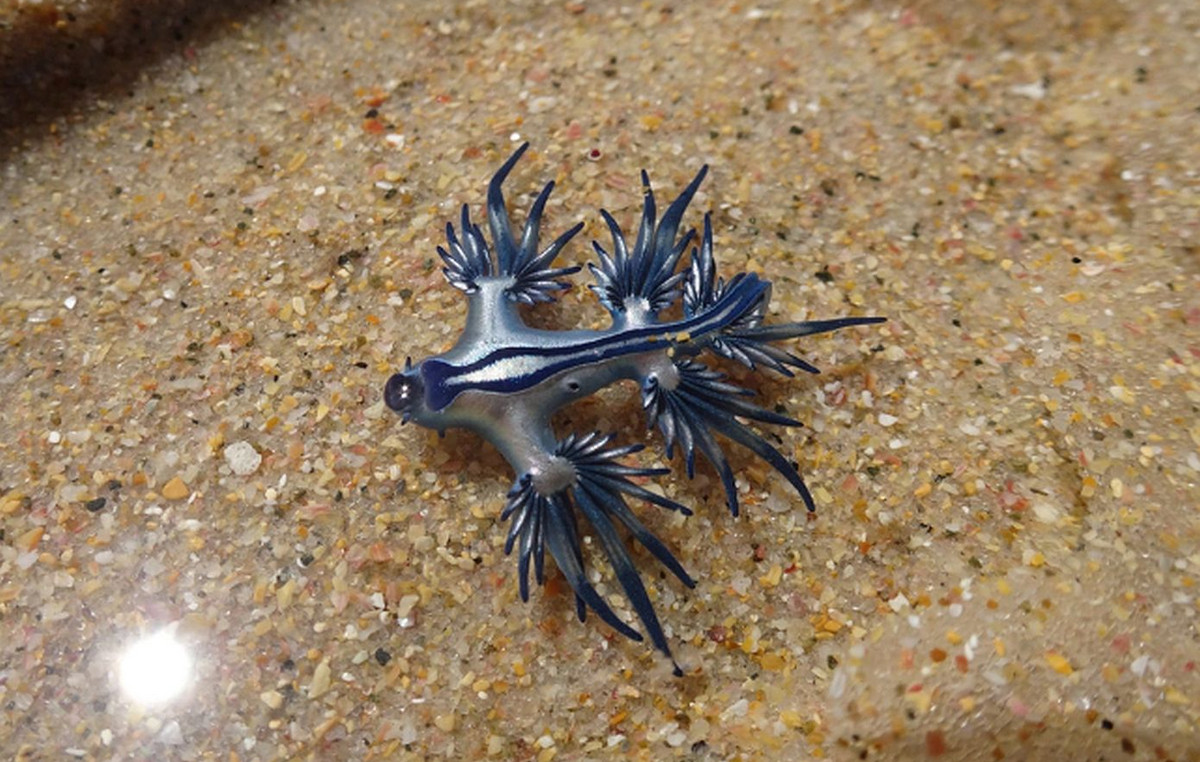The US company Rocket Lab announced this week that it will finance the first private space mission to study the atmospheric conditions of Venus. The launch is expected to take place on an Electron rocket, which is 18 meters tall and can launch about 300 kilograms into low Earth orbit.
A release window is expected to take place in May 2023 – with backup opportunity in January 2025.
The spacecraft is expected to reach Venus in October 2023. Once there, the Photon spacecraft would deploy a small probe weighing approximately 20 kilograms into the Venusian atmosphere.
The company’s bold proposal follows the discovery made in September 2020 by scientists at the Massachusetts Institute of Technology (MIT) and Cardiff University, who observed what could be signs of life in the clouds of our planetary neighbor.
These observations indicated the potential presence of phosphine, a gas typically produced by living organisms.
Now plans by Rocket Lab, which designs and manufactures sounding rockets, in addition to providing miniaturized satellite launch services, involve starting an interplanetary mission to help collect more evidence in the Venusian clouds.
Some studies suggest that Venus was once an Earth-like habitable planet. A 2019 study by NASA’s Goddard Institute for Space Studies found that the planet could have had shallow oceans on the surface for two to three billion years and that would have supported temperatures between 20ºC and 50ºC.
700 million years ago, however, a resurgence event released carbon dioxide into the atmosphere, turning Venus into a dangerous and inhospitable planet, where atmospheric temperatures reach 537.7ºC.
Specific mission objectives on Venus
An article detailing the mission was published on August 13 in the scientific journal MDPI.
The Electron rocket is expected to reach an orbit 165 km above Earth, where the upper stage of the high-energy Photon spacecraft will perform a series of burns to elevate the spacecraft’s orbit and reach escape velocity — all the way to Venus.
Photon, who will carry the probe, will spend about 5 minutes in Venus’ cloud layers 48–60 km above the surface and collect in-situ measurements.
“We chose a low-mass, low-cost autofluorescent nephelometer (measuring instrument) to look for organic molecules in the cloud particles and constrain the composition of the particles,” the researchers wrote.
Other goals include:
-
Look for habitable conditions and signs of life in Venus’ cloud layer;
-
Mature the Photon interplanetary spacecraft;
-
Demonstrate high-performance, low-cost, fast-return deep space entry mission, providing Decadal-class science with small spacecraft and small launch vehicles;
-
Take the first step in a small missions campaign to better understand Venus.
The researchers claim that scientific data will be transmitted directly to Earth at optimized data rates.
Goals below the Venus cloud layer, such as the potential to continue scientific observations with the primary instrument or return environmental data, will only be accomplished on a best-effort basis.
Because it is a small spacecraft, the cost of the mission is considered low compared to other interplanetary explorations. (The cost of the mission has not yet been disclosed.) Earlier this year, Rocket Lab, in collaboration with NASA, sent the Capstone mission to the Moon.
Source: CNN Brasil







